Considering building a container home? Whether you’re a seasoned builder or just starting out, certain issues can be a real headache. Knowing what to avoid can make your project smoother and more enjoyable. From dealing with harmful chemicals to understanding legal restrictions, addressing these problems early can save you time and money.
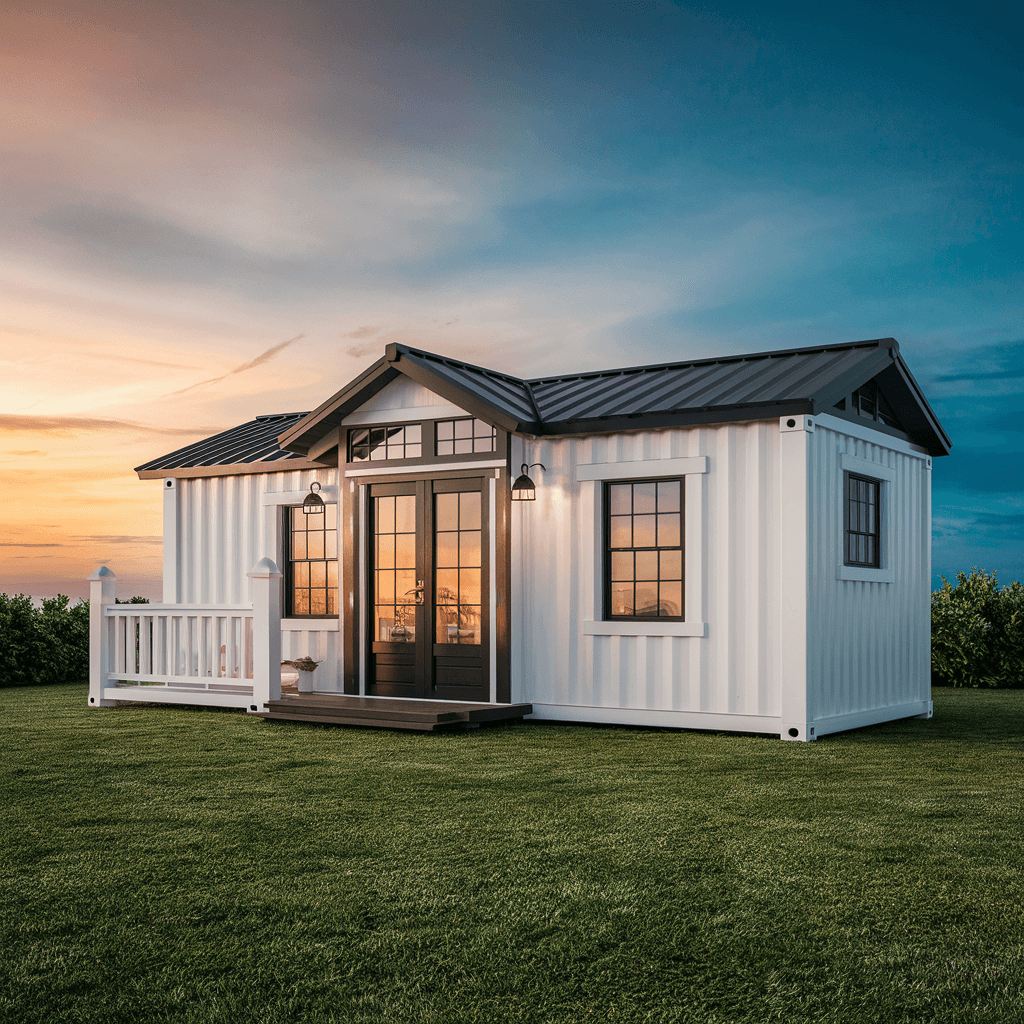
One major annoyance is handling insulation problems. Shipping containers aren’t naturally designed for housing, so they can be tricky to insulate properly. Another issue is obtaining the necessary building permits. Different areas have various requirements, and not knowing them can quickly halt your project.
Finally, poor ventilation can turn your container home into an uncomfortable living space. Proper airflow is crucial for comfort and health. Prepare to tackle these challenges head-on, ensuring your dream home doesn’t turn into a nightmare. Learn more by reading the full article.
1. Annoyance With Misunderstandings About Design Flexibility
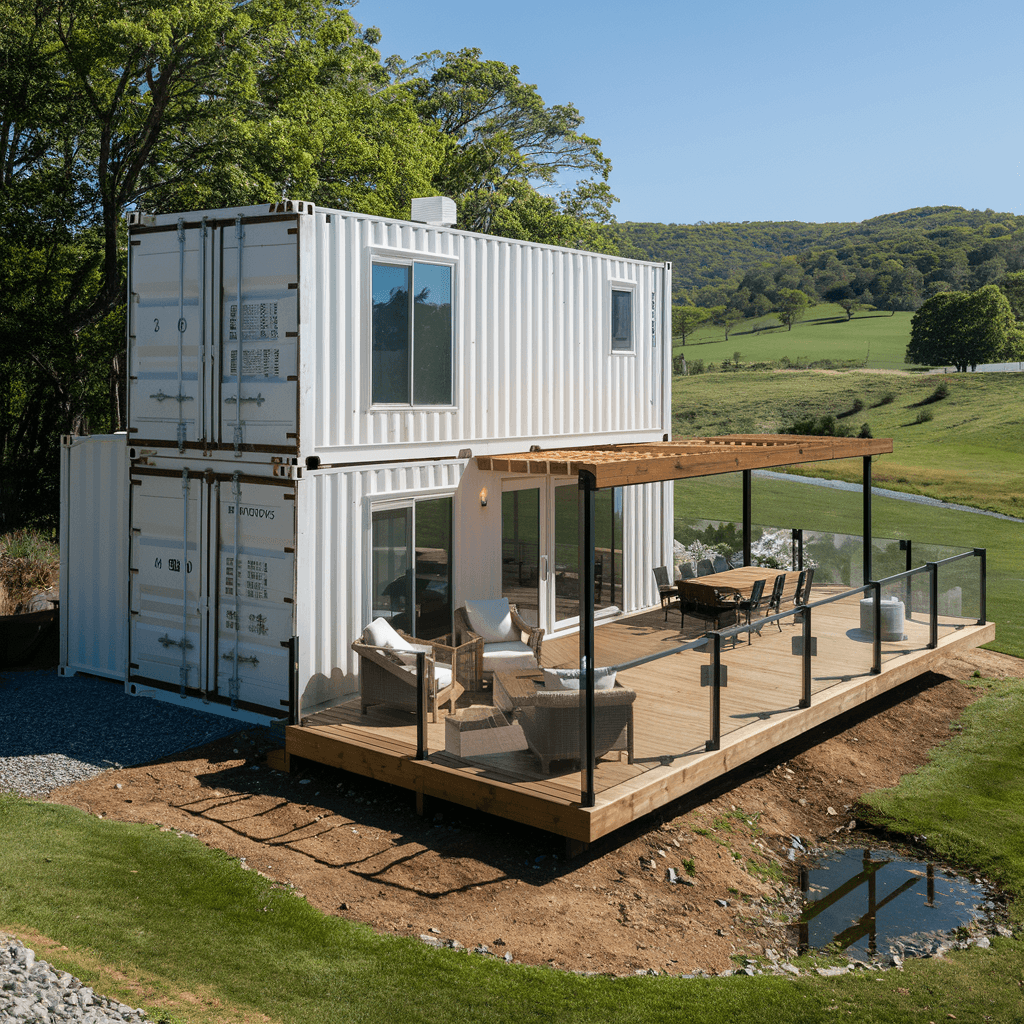
Design flexibility is crucial for creating comfortable and functional container homes, yet many people misunderstand its importance. They often don’t realize how limited choices can affect the final outcome and the role of a skilled architect in achieving desired results.
Overcoming Creative Limitations
Creative limitations often frustrate container home enthusiasts. Many assume that working with prefabricated containers means sacrificing personal style and functional design.
It’s vital to work with design principles to maximize space. Open floor plans and multifunctional furniture can help. For instance, using foldable tables or convertible sofas can save space. Additionally, large windows and glass doors can increase natural light and create the illusion of a larger area.
Understanding these elements allows for a more personalized and functional home. A flexible design can make a significant difference in how a space feels and functions.
Choosing the Right Architect
Selecting the right architect is also essential to overcoming design challenges. It’s not just about picking someone with experience but finding an architect who understands and values flexibility.
They should be able to integrate your ideas into the final design effectively. Be clear about your needs and expectations when discussing your floor plan. Consider asking for a portfolio of past projects to see how they address similar challenges.
Architects should also be familiar with converting shipping containers. This unique knowledge ensures that they recognize potential pitfalls and can offer creative solutions. For instance, ensuring proper insulation and ventilation requires experience with container materials. This expertise ensures that the home is comfortable in all seasons, meeting both aesthetic and practical needs.
2. Frustration With Construction Complexity
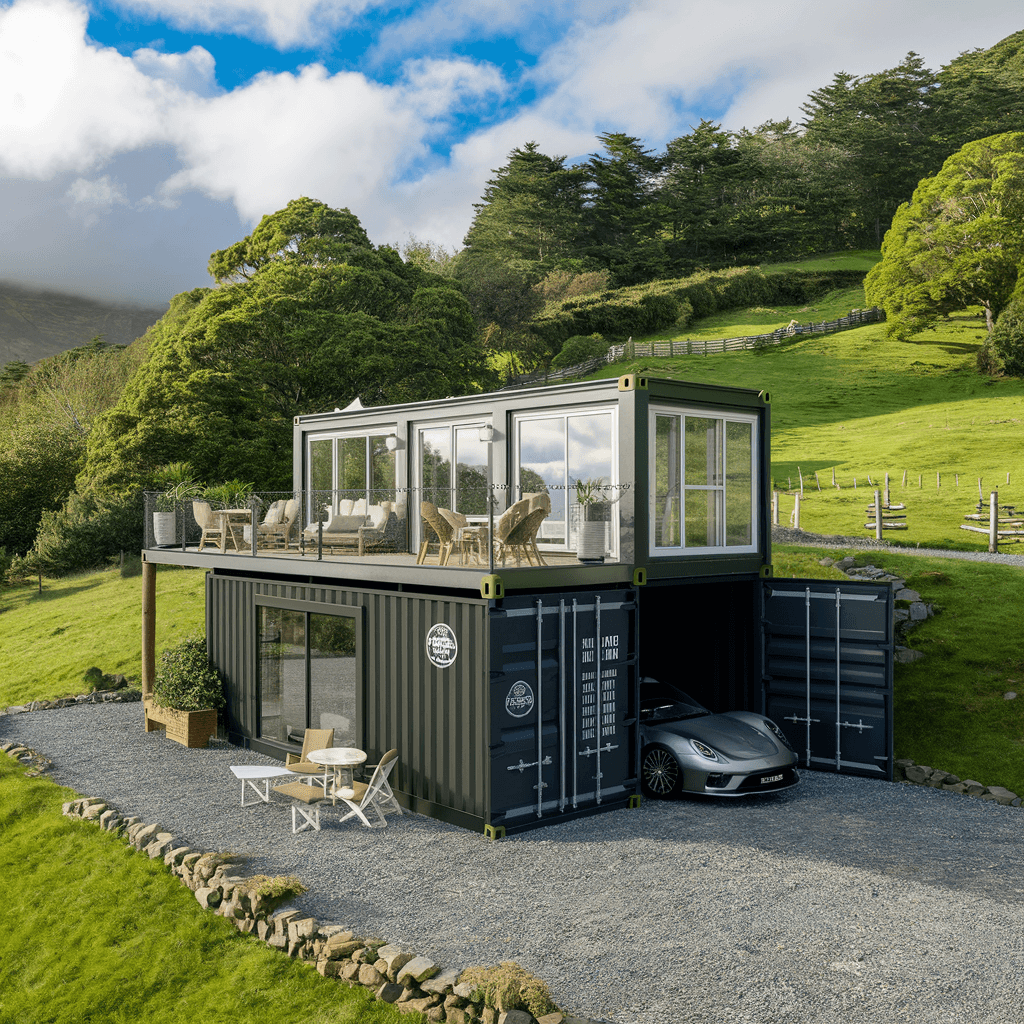
The complexities of building a container home can be overwhelming. Key areas of concern include navigating building codes and permits, and understanding the unique specifics of container construction.
Navigating Building Codes and Permits
One of the main challenges is dealing with building codes and permits. Each region can have different regulations, making it vital to research local laws before starting construction. Failure to comply can lead to costly delays or fines.
Labor costs increase as you may need specialized professionals familiar with container home requirements. Obtaining permits can also be time-consuming, requiring detailed plans to be submitted for approval. Missteps here can cause significant frustration and financial burden. It’s crucial to stay informed and possibly consult experts to ensure compliance.
For more insights, reviewing this guide may help understanding potential permitting hurdles.
Understanding the Specifics of Container Construction
Constructing a home from shipping containers involves unique considerations. Containers are made of durable steel, but they can also pose problems like insulation and temperature control. Proper insulation is essential to prevent extreme temperatures inside the home.
Modifications such as cutting and welding require skilled labor, which adds to construction costs. The structural integrity of the container must be maintained during alterations to avoid safety issues. It’s important to assess the condition of any used containers to prevent future problems. Mistakes in design changes can lead to significant setbacks.
For more details, examining common issues homeowners face can provide further helpful information.
3. Issues of Insulation and Temperature Control
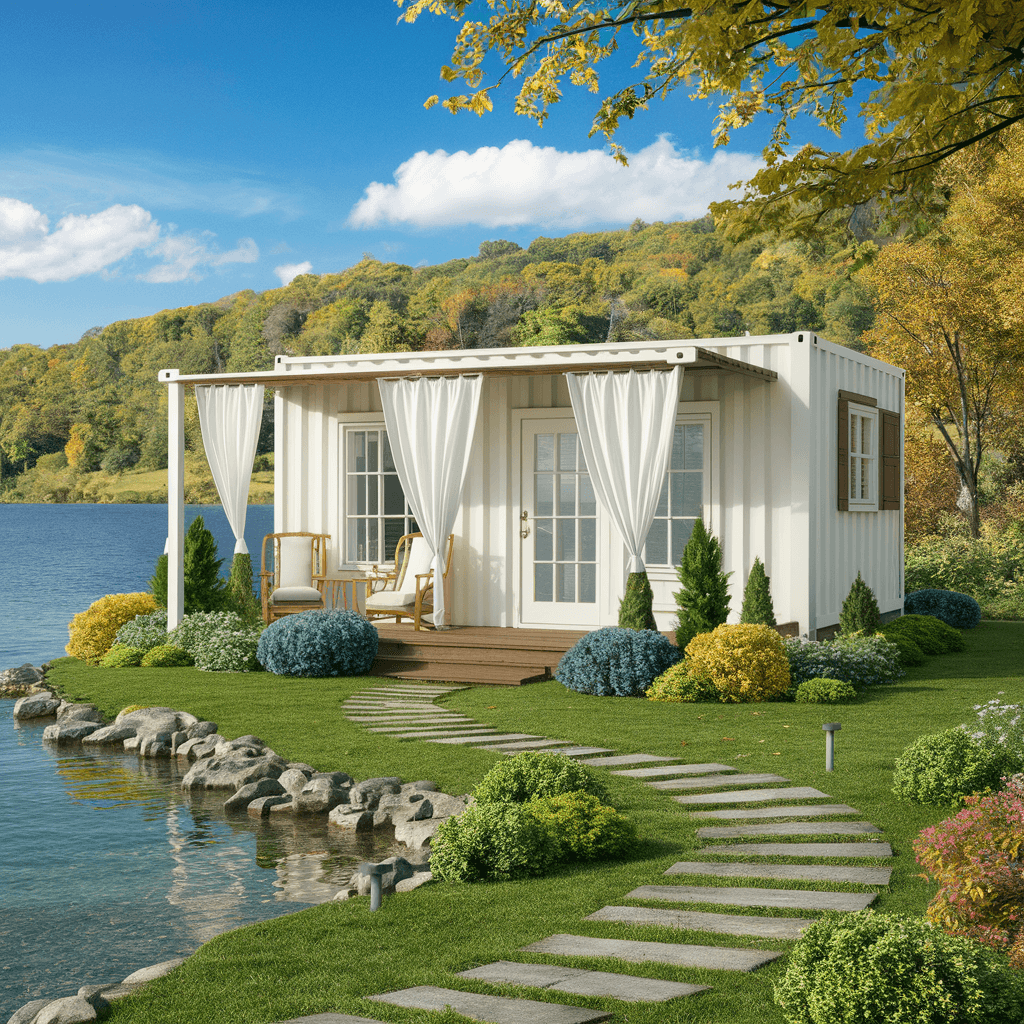
Managing insulation and temperature control is crucial for the livability and efficiency of container homes. Effective solutions help maintain comfort and reduce energy costs.
Insulation Solutions for Climate Management
Choosing the right insulation for a container home depends on the climate. In colder regions, materials like spray foam and wool are effective. Spray foam can be applied directly to the exterior and interior walls, creating a thick barrier against the cold. Wool, a natural option, is environmentally friendly and has high insulating properties.
For hotter climates, reflective insulation helps keep the interior cool. This type of insulation reflects heat away from the container, maintaining a lower indoor temperature. Other options like rigid foam boards are also suitable, providing both thermal resistance and structural support.
Effective Heating and Cooling Systems
Heating and cooling systems must be chosen with care. For heating, options include electric heaters, propane heaters, and even underfloor heating systems. Each method has its benefits, with electric heaters being easy to install and underfloor heating providing uniform warmth.
Cooling systems are vital in hot climates. Air conditioners and heat pumps are common choices. Ventilation also plays a key role; mechanical ventilation can prevent stale air and condensation. Insulation and ventilation work together to keep the air fresh and the temperature stable.
In regions with varying temperatures, combination units that offer both heating and cooling can be efficient and space-saving. These systems help maintain a comfortable living environment year-round.
4. Concerns Regarding Utility Installations
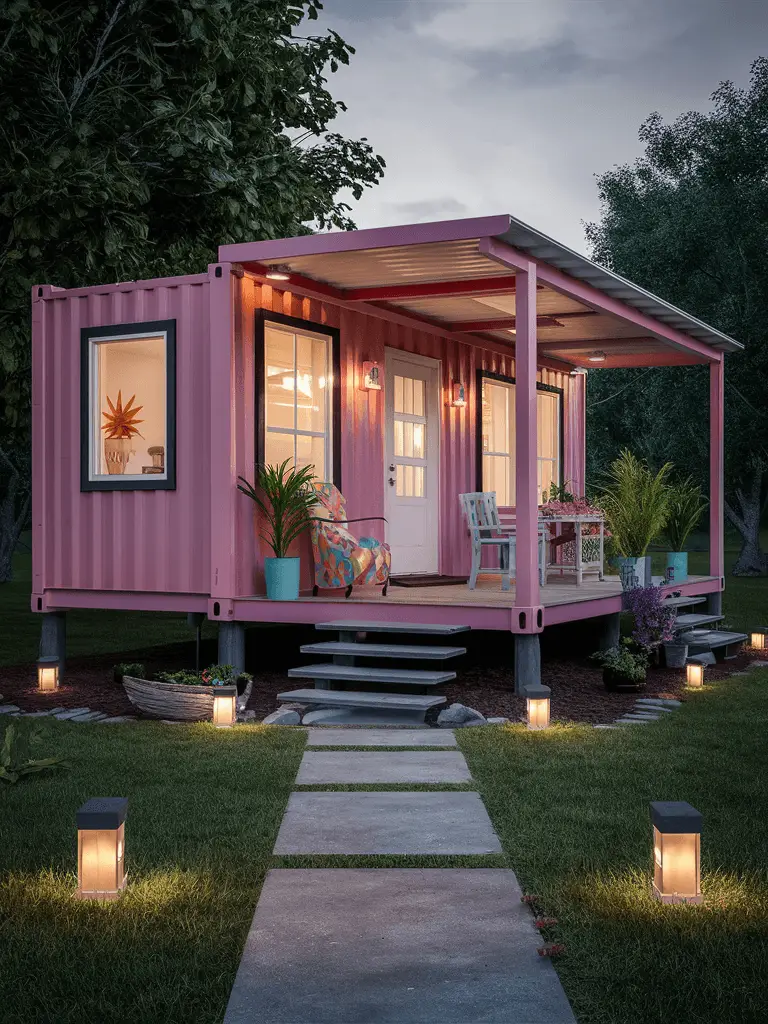
Building a shipping container home comes with several challenges, especially when it comes to utilities. Key areas of concern include integrating plumbing systems, setting up reliable electricity, and exploring eco-friendly options.
Integrating Plumbing Systems
Integrating plumbing systems into a container home can be complex. Standard containers aren’t designed with plumbing in mind, making it challenging to connect pipes and drainage systems.
One key issue is insulation. Proper insulation is necessary to prevent pipes from freezing in cold climates or overheating in warm areas. For example, using high cube containers which provide extra height can help accommodate better insulation without sacrificing headroom.
Another challenge is ensuring proper drainage. Container homes often need elevated foundations to allow for effective waste removal and water flow. Engaging professional plumbers who are familiar with container structures can ensure that all systems operate smoothly.
Floor planning is also crucial. Careful consideration should be given to the placement of bathrooms and kitchens to minimize the complexity of the plumbing layout.
Setting Up Reliable Electricity
Setting up reliable electricity in a container home involves several considerations. Standard containers lack built-in electrical wiring, requiring custom installations.
Safety and adherence to local building codes are paramount. Hiring a licensed electrician ensures compliance with regulations and reduces the risk of electrical hazards.
Container homes often require additional ventilation to prevent overheating of electrical components. Installing vents and air conditioning units can mitigate these issues. Furthermore, because container walls are typically metal, they can interfere with wireless signals; hence, planning for adequate wiring and signal boosters may be necessary.
Using renewable energy sources like solar panels can provide sustainable electricity options. However, this requires initial investment in panels and batteries, which can be costly.
Eco-Friendly Options for Utilities
Eco-friendly utilities are an attractive option for container home enthusiasts aiming for sustainable living. Solar panels are a popular choice for generating electricity, reducing reliance on non-renewable energy sources.
Rainwater harvesting systems can supplement traditional plumbing, providing a cost-effective and sustainable water supply. Greywater recycling systems can also be implemented to reuse water for non-potable purposes like irrigation.
Composting toilets offer an eco-friendly alternative to traditional sewage systems, reducing water usage and waste.
Insulation plays a critical role in maintaining energy efficiency. Using eco-friendly materials such as recycled insulation can enhance energy conservation.
By focusing on these aspects, container home owners can create more sustainable and efficient living environments.
5. Challenges of Cost and Affordability
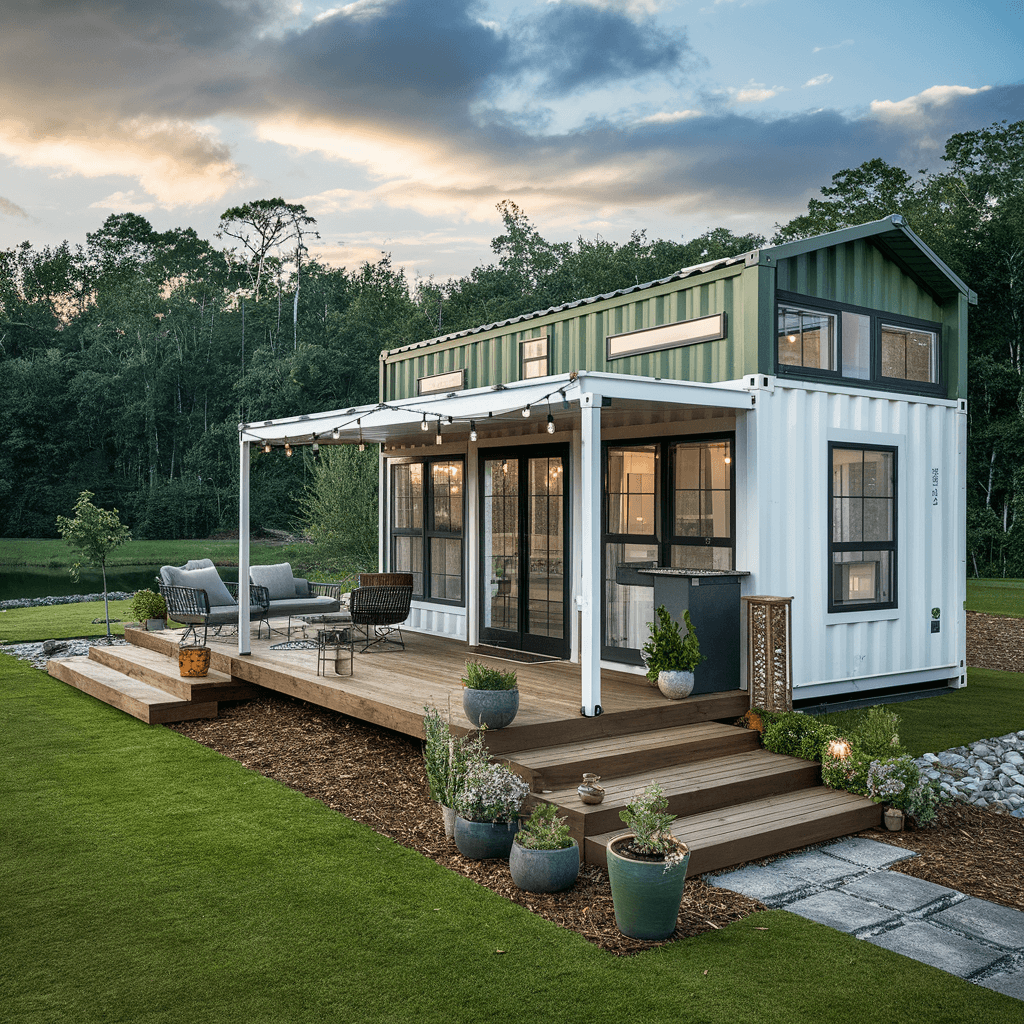
Container home enthusiasts often face a range of financial challenges. Balancing quality and costs while anticipating unexpected expenses is a crucial part of the process.
Balancing Quality and Expense
Building a container home can be affordable, but it’s important to balance quality and expense. Basic container homes can range from $25,000 to $80,000, while more elaborate designs might cost $80,000 to $250,000 or more. Opting for cheaper materials and labor might save money initially but can lead to higher maintenance costs.
Choosing the right materials is essential. New or customized containers can cost between $3,000 and $7,500 each, while used containers typically range from $1,500 to $4,500. Ensuring the containers are in good condition is vital to avoid future issues such as rust or structural problems.
Quality insulation, wiring, and plumbing are necessary. These elements can add $150 to $350 per square foot to the overall construction costs, but they ensure the home is livable and energy-efficient. Cutting corners might lead to higher utility bills or costly repairs later.
Hidden Costs to Anticipate
Several hidden costs can catch container home builders off guard. Site preparation, including land clearing, foundation work, and utility connections, adds significant expenses. Preparing the land can vary widely depending on the site’s condition but is a crucial part of the process.
Additional costs include permits, which vary by location. Obtaining the necessary permissions can cost several thousand dollars, depending on local regulations. Inspections and adherence to building codes also add to the total expense.
Transporting the containers to the building site is another hidden cost. These expenses depend on the distance and the size of the containers. Modifications to the containers for doors, windows, and interior spaces need to be factored in as well.
It’s important to budget for unexpected costs. Whether it’s unforeseen site issues or price increases in materials, setting aside a contingency fund helps manage these financial surprises.
6. Managing Complaints About Structural Integrity
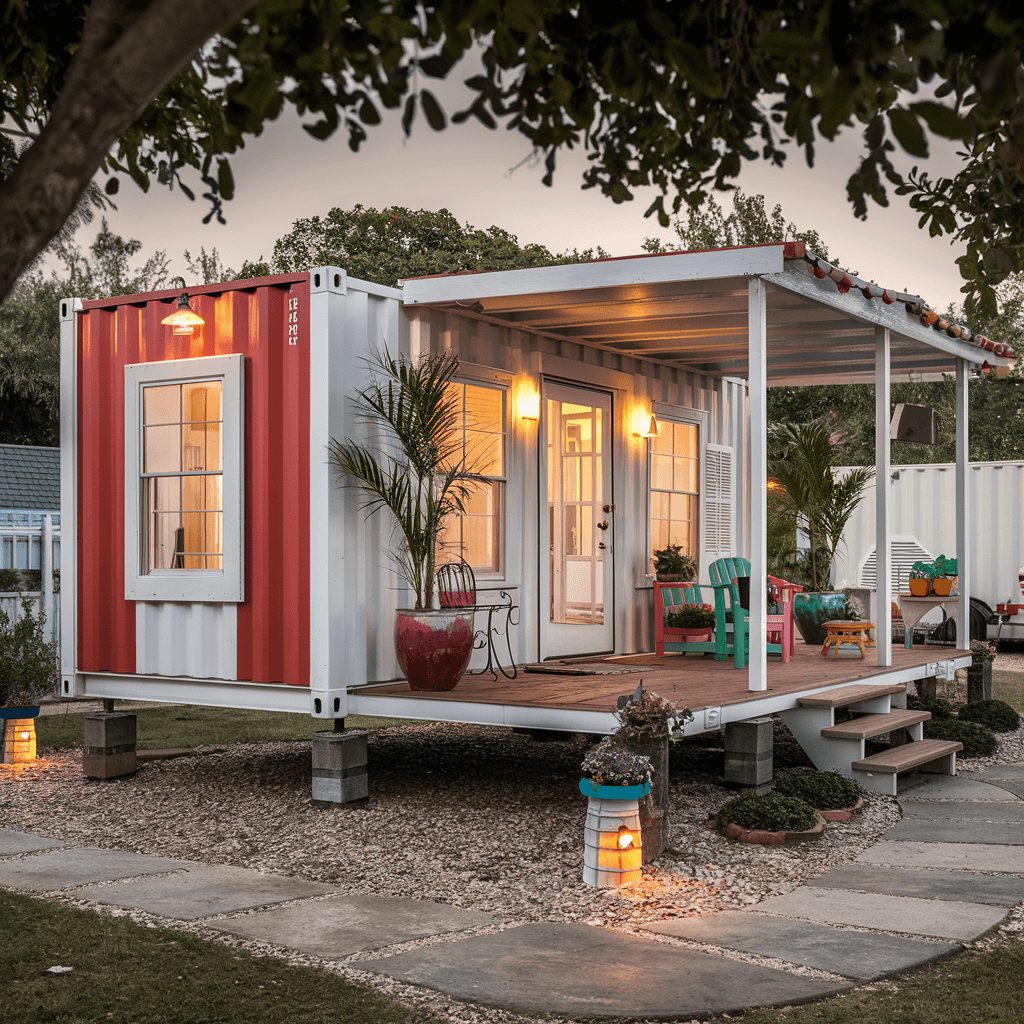
Structural integrity is a major concern for shipping container home enthusiasts. Addressing these issues involves ensuring a solid foundation and maximizing the durability of the container.
Ensuring a Solid Foundation
A solid foundation is critical for the stability of a shipping container home. This begins with selecting the right location, ensuring the ground is level, and free from moisture accumulation. Proper drainage systems should be implemented to prevent water damage.
Concrete piers, strip foundations, or a full slab can be used, depending on soil conditions and home size. Concrete piers are often preferred due to their cost-effectiveness and stability.
Properly installed reinforcements are essential. This includes using steel plates and beams to distribute weight evenly. Neglecting these steps could lead to structural issues and costly repairs.
Maximizing the Durability of Shipping Containers
To enhance the durability of shipping containers, it is crucial to use ones that are in good condition. Containers that have been at sea for multiple voyages might have wear and tear which affects their structural integrity.
Rust treatment is also essential, as containers exposed to saltwater are prone to corrosion. Applying a durable anti-rust coating can prevent further damage.
Insulation and ventilation are vital as well. Insulating the walls and roof can protect against extreme temperatures, while ventilation systems prevent moisture build-up inside the container.
Regular inspections for damage, such as dents or weakened areas, will ensure the container remains durable over time. Addressing small issues promptly can prevent larger problems later on.
These steps can help mitigate common complaints, providing a robust and long-lasting shipping container home.
7. Discontent With Roofing Issues
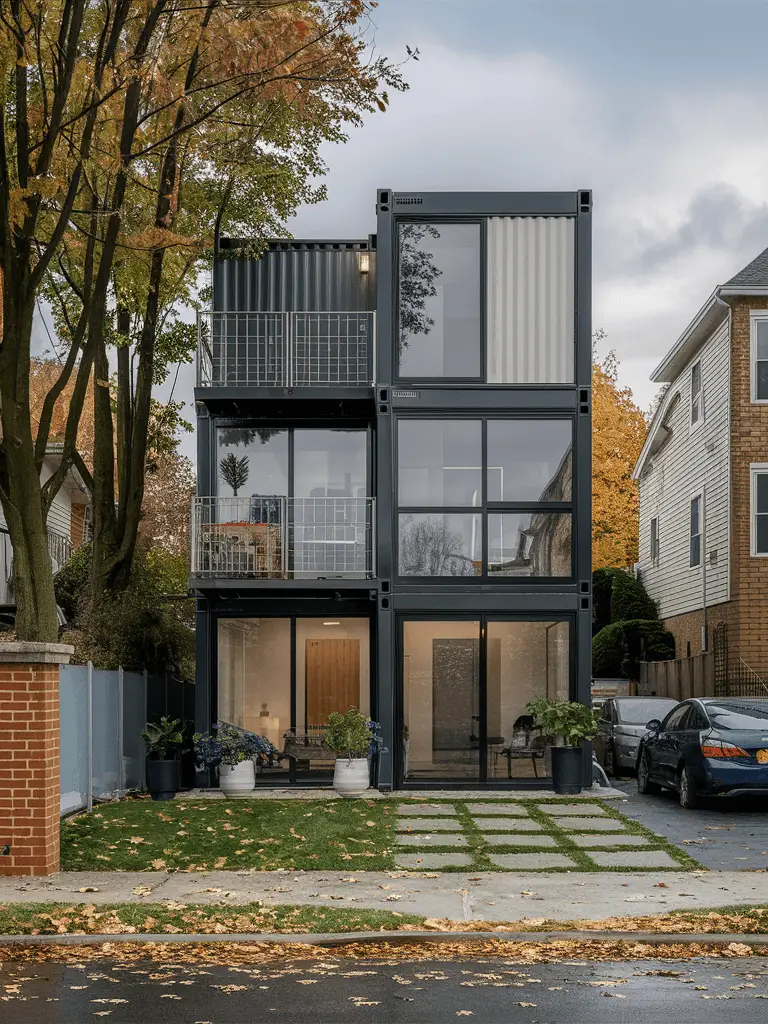
For container home enthusiasts, roofing problems are a major headache. Choosing the right roof design can affect the home’s durability and energy efficiency.
Choosing the Right Roof Design
Selecting a suitable roof design is crucial for a container home. One common option is the shed-style roof, which offers a long, sloping surface ideal for installing solar panels. This design helps in water drainage and adds extra headroom.
Welding steel plates and attaching wooden beams provide a sturdy base for the roof. Ensuring proper insulation is essential to prevent heat loss and moisture buildup. Inadequate insulation can lead to leaks and structural damage over time.
Considering factors like local climate, budget, and intended use of the rooftop space can help make a more informed decision. For more on roof designs, visit Discover Containers.
8. Attitudes Towards Labor and Workforce
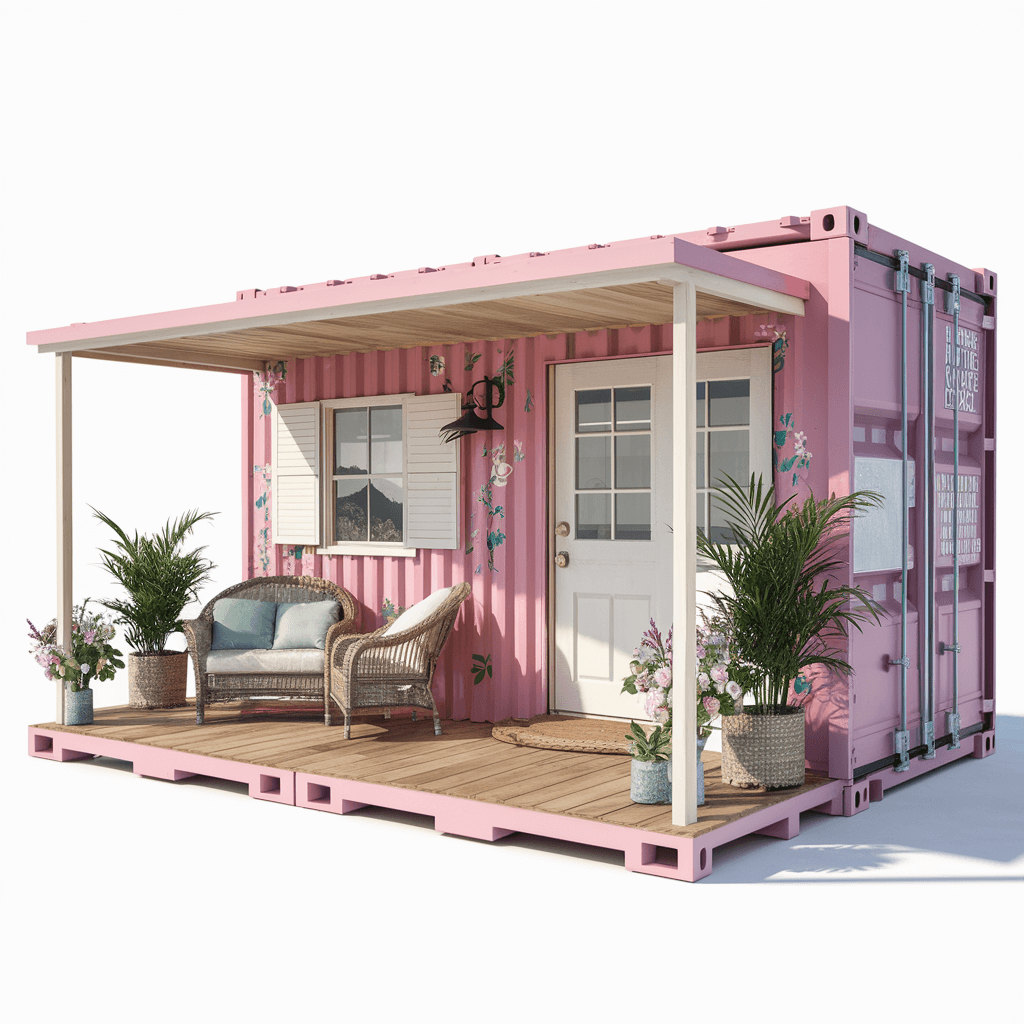
Labor in the construction industry, especially for container homes, requires careful management and realistic expectations. This section focuses on the importance of hiring skilled contractors to ensure high-quality results.
Hiring Skilled Contractors
Finding the right contractors is crucial for container home projects. Skilled contractors bring expertise, especially in areas like structural integrity and insulation, which are essential for container homes.
To ensure you hire the best, look for contractors with experience in container home construction. Check credentials, including certifications and past projects. Reading reviews and asking for references can also be helpful.
Contractors familiar with local regulations can avoid many legal issues, ensuring your project progresses smoothly. Remember, an experienced contractor may cost more upfront, but quality work often saves money in the long run by reducing the need for future repairs or modifications.
Negotiating labor costs and timelines upfront helps avoid misunderstandings. Clear communication about expectations ensures both parties are on the same page, leading to a successful project.
